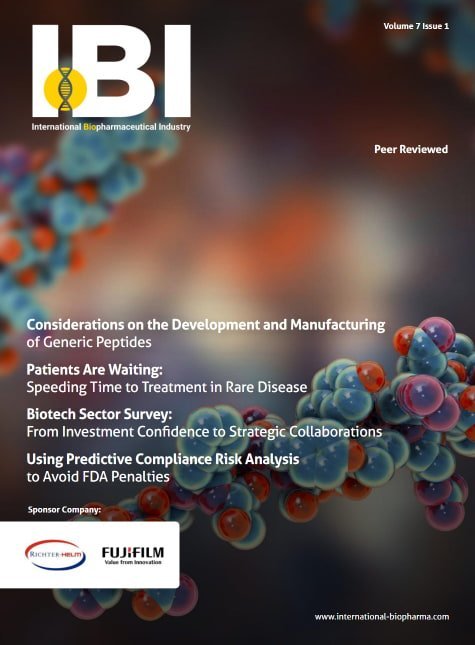The system infrastructure for the creation, storage and management of electronic data has to be in place. If this isn’t the case, then completing a digitisation project using well accepted and proven solutions such as LIMS will provide considerable process benefits and form the foundations on which the concepts of digitalisation can be built. Simon Wood at Autoscribe Informatics shows that those two letters do make a difference, that it is important to understand that difference, and that once the difference is understood significant benefits can be gained through implementing these initiatives.
Extract:
Digitisation versus Digitalisation – Understanding the Difference and the Role of LIMS in Achieving Both
Communication can be a problem. A few misplaced letters in a word can have a huge impact on the meaning. Tony Abbott, the former Australian Prime Minister, is reported to have said that no one “is the suppository of all knowledge”, while Bertie Ahern a former Prime Minister (Taoiseach) of Ireland is supposed to have warned against ‘upsetting the apple tart’. Combine this with an industry like the IT industry, that revels in three letter acronyms, and where the use of jargon* is compounded by imprecise definition of the jargon itself, and you have a recipe for confusion. Within the context of laboratory informatics this can be frustrating to those for whom IT is a means to an end and not the end in itself. It obscures and confuses the benefits of what can be worthwhile technology driven initiatives.
Such is the case with a current hot topic in laboratory informatics, namely laboratory digitisation or digitalisation. This article will show that those two letters do make a difference, that it is important to understand that difference, and that once the difference is understood significant benefits can be gained through implementing these initiatives. The role of a Laboratory Information Management System (LIMS) in supporting this will be covered.
Digitisation in the Laboratory Environment
Starting with digitisation; this is the transformation of currently manual or paper-based operations to a digital format, generally enabled by one or more database applications. Within the laboratory there are many examples of how digitisation improves laboratory efficiency and helps ensure data integrity.
Looking at a simplified non-digitised sample workflow, samples arrive at a laboratory reception area accompanied by a handwritten test request form. Sample details and testing requirements are written into a laboratory notebook or logbook based on the submitted form. Once testing is to start a hard copy worklist may be created for a specific analyst or instrument. Before the test can be run the instrument logbook must be checked to ensure that it is in service and not awaiting maintenance or calibration. Instrument results are entered manually onto the work list or lab notebook and may require approval by another analyst or supervisor. In addition, they may require checking against applicable specifications or limits. Once the testing has been completed, the sample may need approval before the results are collated and a report created and sent to the sample submitter. During this process the submitter has been calling the lab to find out where their results are, while their colleague grumbles about late delivery of results for a sample the lab has no record of and threatens to formally complain about poor laboratory service.
Click the download button below to read the complete version of ‘Digitisation versus Digitalisation – Understanding the Difference and the Role of LIMS in Achieving Both’ by Simon Wood at Autoscribe

























